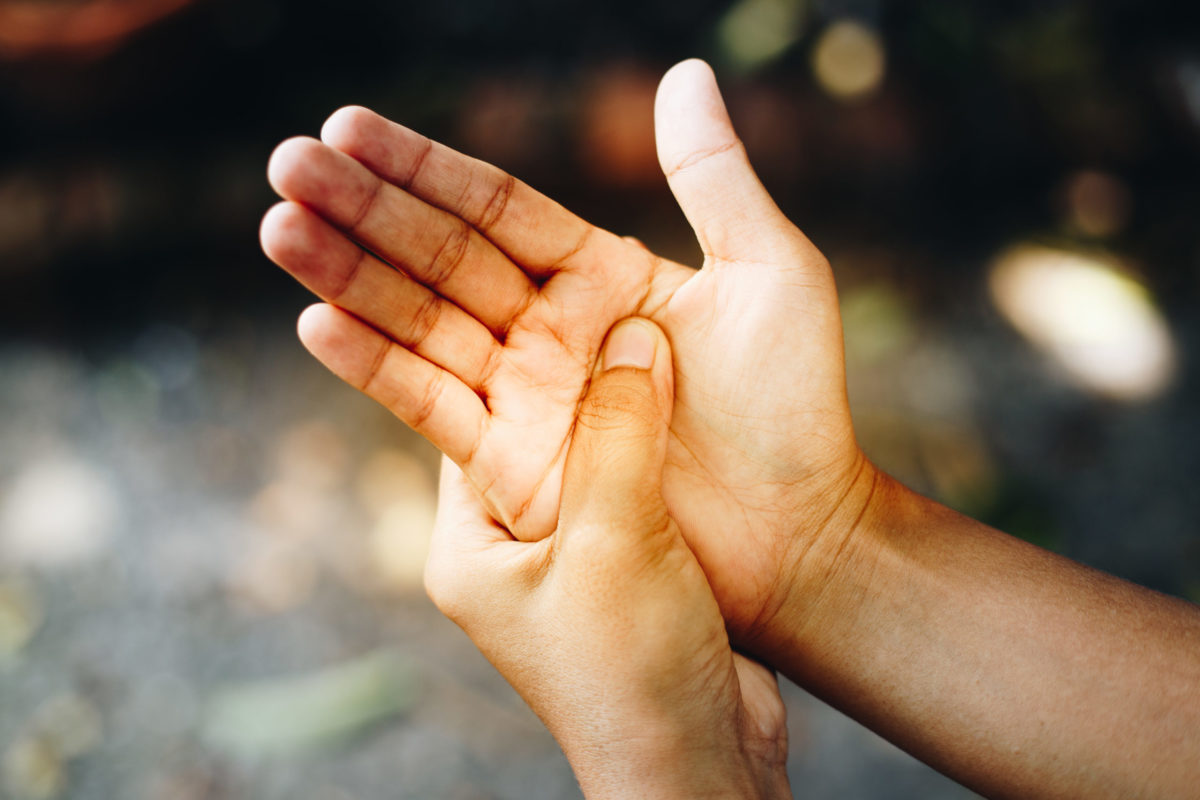Reduce stress and increase energy — tell someone you’ve found a way to do either and they’re likely to listen. Both are goals of reflexology, a therapy that uses pressure points to promote wellness throughout the body.
Here are the basics.
What is reflexology?
Reflexology is a type of therapy that applies gentle pressure to certain points on the body in order to reduce stress and aid in relaxation.
The idea behind reflexology is that it connects spots on the outside of the body — particularly the feet, hands and ears — to organs and glands inside the body. Pressing lightly on those points is meant to trigger a reaction or release.
Is reflexology a medical treatment?
No. Reflexology originated thousands of years ago in ancient Egypt and China. It should be used as a complement to medical treatment, not in place of it.
What are the benefits of reflexology?
Studies show that reflexology may:
- Reduce pain, stress and anxiety
- Improve relaxation, sleep and energy
Reflexology has also been reported to increase feelings of well-being for people with certain medical conditions. Reflexology may ease:
What are the drawbacks of reflexology?
Reflexology is low-risk, but ask your doctor before trying it if you are pregnant or have:
- A recently injured foot
- Gout
- Blood clots
- Any disease that affects your feet or legs, such as arthritis
Can I try reflexology at home?
Yes. There are reflexology charts for the top and bottom of each foot and hand, as well as the ears, and they are very detailed.
Here’s an example of the chart for the bottom of the right foot:

Because they are so detailed, you may want to start by identifying a problem and then finding the corresponding points on your hands, feet and ears that are supposed to help that problem.
Here are some examples of common problems and their corresponding pressure points:
Ears
- Earlobes are connected to the head and heart, and massaging them has been known to help relieve headaches.
- If you have joint pain, activate the pressure point in the upper-middle part of the ear.
- When you experience digestive issues, apply pressure to the point just above the earlobe.
Hands
- The center of the pads of your thumbs represent glands in the center of the brain. Massaging them can be beneficial for insomnia.
- The section of your thumb and each finger between your first and second knuckle corresponds to your neck. Applying pressure may help relieve neck pain or tension.
- If you suffer from sinus headaches, work your fingers between the tips and the first knuckles to relieve them.
Feet
- The second and third toe after your big toe are connected to the eyes, so apply pressure there to combat eye strain.
- Your heels on both feet are connected to your legs, so massage them to decrease leg pain or strain.
- If you’re having problems with your kidneys, focus on your ankles and heel.
To learn more about where your body holds stress and how to release it, click here.
Get more information about specific health terms, topics and conditions to better manage your health on bcbst.com. BlueCross BlueShield of Tennessee members can access wellness-related discounts on fitness products, gym memberships, healthy eating and more through Blue365®. BCBST members can also find tools and resources to help improve health and well-being by logging into BlueAccess and going to the Managing Your Health tab.


